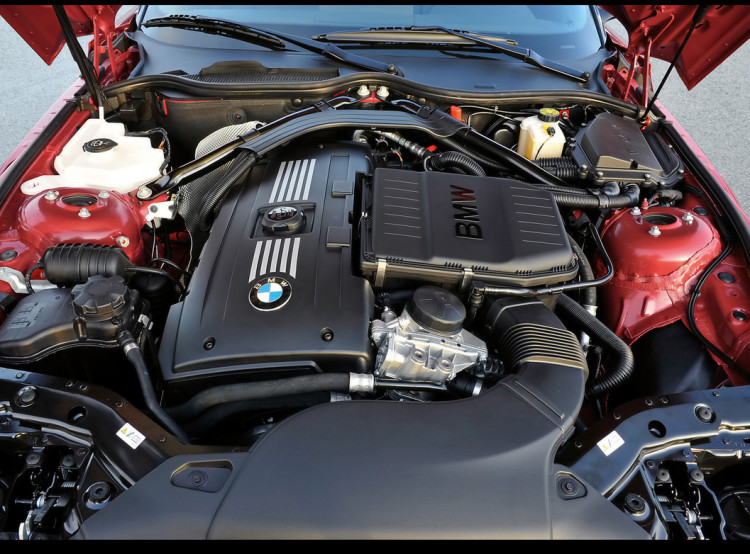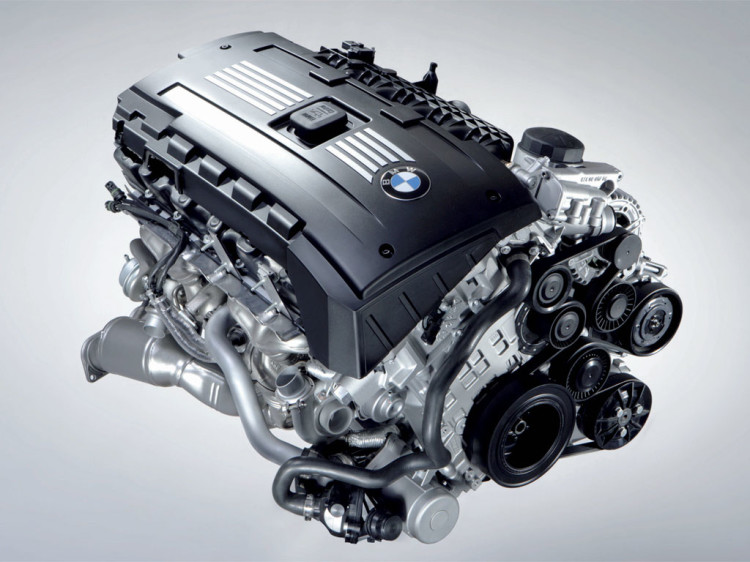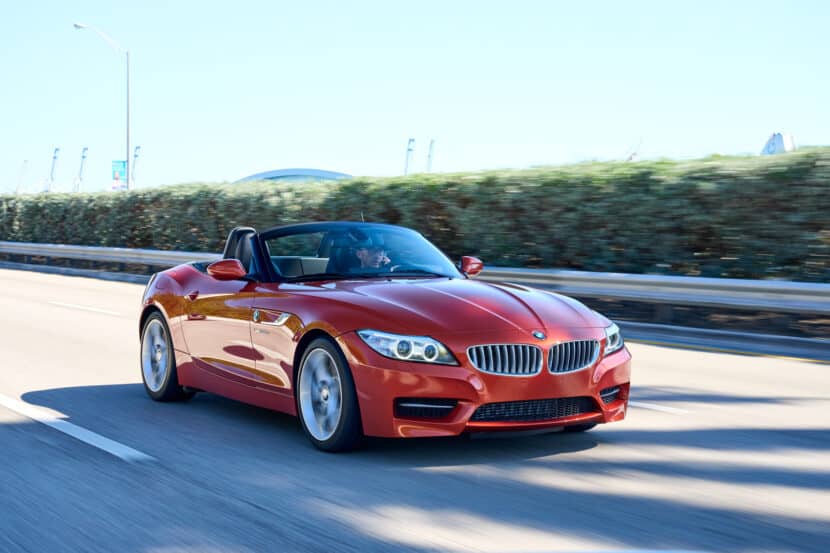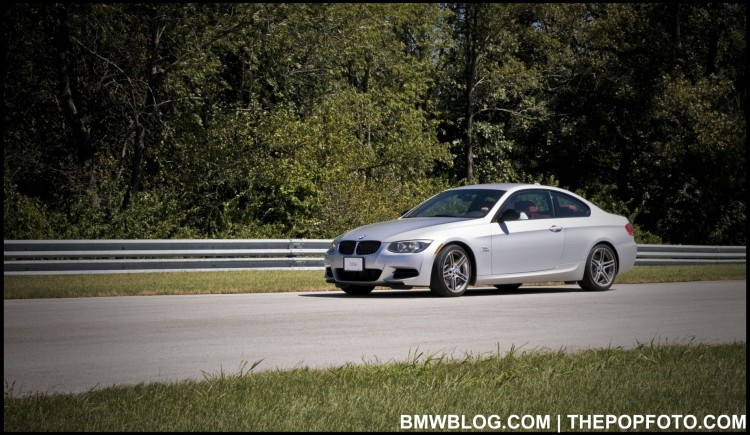The BMW N54 is a twin-turbocharged, inline-6 engine that was produced by BMW from 2006 to 2013. It is considered to be one of the best engines ever produced by BMW, and it was used in a variety of BMW models, including the E82/E88 1 Series, E9x 3 Series, E60/E61 5 Series, and E71 X6. The N54 is known for its smooth power delivery, impressive fuel economy, and tunability. It is also a fairly reliable engine, and it is not uncommon to see N54-powered BMWs with a lot of miles on them.
Specifications
- Displacement: 2,979 cc (181.8 cu in) six-cylinder
- Power: 302 hp, 322 hp or 335 hp
- Torque: 400 Nm (295 lb-ft), 450 Nm (332 lb- ft), 500 Nm (369 lb-ft) or 540 Nm (398 lb-ft)
Features
- Twin-turbocharged
- Direct injection
- Double-VANOS (variable valve timing)
- Open-deck engine block
- Electric water pump
Pros of the BMW N54 Engine
1. Power Potential
The N54 engine excels in power potential, producing 300 horsepower and 300 lb-ft of torque in its factory state. Enthusiasts widely acknowledge its capacity for modification, with simple bolt-on upgrades enabling outputs exceeding 400 horsepower and 500 lb-ft of torque. More extensive modifications, such as upgraded turbos, injectors, fuel pump, and methanol injection, have propelled some N54 engines to over 600 horsepower and 700 lb-ft of torque. The engine’s low-inertia twin-scroll turbos contribute to a smooth and linear power delivery, minimizing turbo lag and ensuring consistent boost across the rev range.
2. Distinctive Sound
The N54 engine boasts a distinctive and aggressive exhaust note that resonates with enthusiasts. Aftermarket exhaust systems or muffler deletes can enhance the engine’s sound while also improving performance and reducing backpressure. Additionally, the N54 engine features an appealing intake sound, especially noticeable during turbo spool-up.
Cons of the BMW N54 Engine
1. Reliability Issues
Despite its performance prowess, the N54 engine grapples with reliability challenges that have impacted its performance and longevity. Notable issues include:
-
a. High-Pressure Fuel Pump (HPFP) Failures
The HPFP, responsible for delivering fuel to the direct injection system at high pressure, has been a consistent source of problems. Owners report issues such as long cranks, rough idle, reduced power, limp mode, or even a no-start condition. Although BMW issued recalls and extended warranties for the HPFP, some owners still experience problems post-replacement.
-
b. Carbon Buildup
Utilizing direct injection, the N54 engine sprays fuel directly into the combustion chamber, enhancing efficiency but leading to carbon deposits on intake valves. These deposits can hinder airflow, resulting in misfires, rough idle, power loss, poor fuel economy, and illuminated check engine lights. Regular walnut blasting services or chemical cleanings every 40k to 60k miles are necessary to address carbon buildup.
-
c. Wastegate Rattle
Wastegate rattle, emanating from the valve controlling exhaust gas flow in the turbocharger, has been a source of annoyance for N54 owners. Excessive play or wear in the wastegate actuator or flap causes this noise, impacting boost control and overall engine performance. Despite service bulletins and software updates from BMW, some owners still report wastegate rattle after remediation efforts.
-
d. Oil Leaks
The N54 engine is prone to oil leaks from various points, including the valve cover gasket, oil filter housing gasket, oil cooler gasket, and oil pan gasket.
The History Of The BMW N54 Engine
The N54 engine debuted with the 335i in the E92 3-Series, but quickly expanded to other BMW models. Surprisingly, over its decade-long production, it remained unchanged, maintaining a 2,979cc displacement, 84 mm bore, 89.6 mm stroke, and a 10.2:1 compression ratio across all models, except for ALPINA tuned versions.
Throughout its lifespan, the N54 was distinguished by its power output due to its consistent configuration.
302 hp
This initial iteration, produced from 2006 to 2016, delivered peak power of 302hp at 5,800 rpm and 295lb-ft of torque at 1,400-5,000 rpm. Independent tests revealed it could reach up to 311 hp and 311 lb-ft of torque. Applications included the E90/E91/E92/E93 335i (2006–2010), E60/E61 535i (2007–2010), E82/E88 135i (2007–2010), E71 X6 xDrive35i (2008–2010), and the E89 Z4 sDrive35i (2009–2016).
322 hp
In 2008, a higher-tuned version was introduced on the F01 740i, produced until 2012, featuring 322 hp at 5,800 rpm and 332 lb-ft of torque from 1,500 rpm to 4,500 rpm. This engine also powered the E92/E93 335is from 2011 to 2013.
335 hp
The most powerful iteration arrived in 2011, maintaining peak torque but increasing power to 335 hp at 5,900 rpm. This version powered the first-generation 1 Series M Coupe in 2011 and the E89 Z4 sDrive35is from 2011 to 2016. Alpina enhanced this engine with new pistons, an oil cooler, and ECU updates, reaching up to 402 hp at 6,000 rpm and 398 lb-ft at 4,500 rpm. It was used in the ALPINA B3 (E90), ALPINA B3 S, and ALPINA B3 GT3.
Should I Get A BMW With The N54 Engine?
In conclusion, while the BMW N54 engine offers impressive performance and tunability, potential buyers and owners should be aware of its reliability challenges and associated maintenance requirements. Regular inspections and timely interventions can help mitigate these issues, ensuring a more satisfactory ownership experience.
We’ve had our own fair amount of issues with the N54 in the BMW 1M Coupe. At the 20,000 miles mark, BMW had to replace the turbos and the High-Pressure Fuel Pump (HPFP). It was a known issue with the N54 and the engine has been reliable since.




